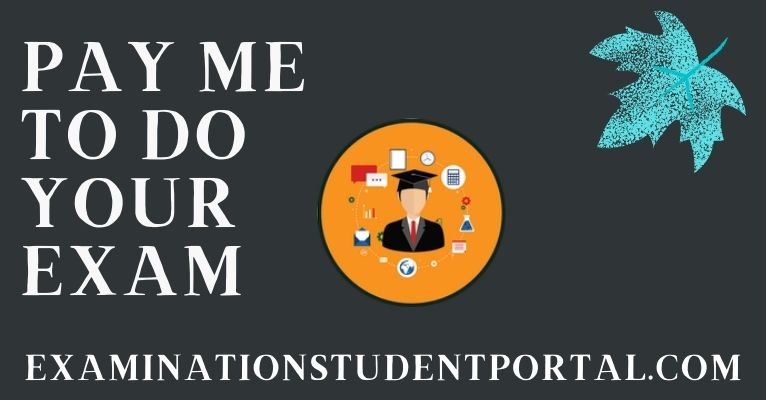Ma Private Examination Form Karachi University
During our lifetime we will neverfully uncover the depth of Gods toward us. So we havea lifelong pursuit in this relationship. How close weget to God is up to us!Once we experience Gods revealed to us, then we canproperly others. We can quit expecting others to meetour deep need for because we now receive that fromGod. Through our understanding of how God treats us ordoesnt treat us we learn how to properly interact withothers. The second key principle is: to overcome our problems wemust take 100% responsibility for our own life.

Bradford University Art Courses
Don't try too hard, else your attempts may go from dull and boring to just plain obnoxious. Very insightful. Some friends and I have somewhat gone along this path of making others laugh while having a straight face on ourselves. I feel like I am funny. when I am really comfortable with the people I am with. but otherwise I feel very shy, but most people wouldn't describe me as an introvert. I feel that way. Like I am always faking it. I wish I was just naturally more funny. Thank you for your tips, interesting read. This competitiveness is reflected in the admissions standards.
Jackson College Course Catalog
I then say, We started with 20 markers, but I divided them among the five students, so how many markers did I give each student? We practice a few of these examples each day. My students using random classroom items for our scenarios and everybody enjoys being part of a real math problem. To teach place value I use a series of buckets Ive labeled Ones, Tens, and Hundreds. To play, I call a student to the front of the room and invite him or her to toss 10 beanbags into the buckets. That student must then identify each toss by its numerical value as represented by each bucket and write each number on the board for all to see. Students in the audience must record each number as an expanded notation on their white boards.
Course Levels In College
International political events stimulated the growth of Montral's export trade and Toronto's successful competition with Montral over the use of American trade routes. The policies of the federal government on tariffs and railways strengthened the growth of manufacturing in central cities and led to a simultaneous weakening of industry in the Maritimes. The Canadian Pacific Railway decided to run its main line through Winnipeg and created a number of new communities, including Vancouver. Technological change was also important. The conversion from wood and sail to iron and steam undercut a major shipbuilding industry in Qubec City and Saint John, and resulted in a shift from an Atlantic to a continental economy. In their pursuit of metropolitan status, most Canadian cities passed through several stages of development: colonial entrept, commercial town, commercial industrial city and diversified metropolis. Although all cities did not, of course, develop systematically in some deterministic fashion, Canada's urban development can nevertheless be distinguished by particular eras, and all cities and towns, regardless of scale, function and regional location, were shaped to a great extent by each era. Since 1920, Canadian cities have entered a phase dominated by the technology of the automobile and the truck, an economic orientation away from industry to service functions and to dramatic spatial decentralization of population and activities. City building, however, is a cumulative process. The pre 1920 city is still the core of the modern, dispersed metropolis. The distinction between modern developments and those of earlier periods is usually very clear and can be identified on any street map.
College Courses Under Stem
Expiry of the presidential term of office. 2. Voluntary resignation from office accepted by the National Assembly. 3. Removal from office, in accordance with the provisions of the Constitution. 4. 3 In view of the importance of external examiners reports in the quality assurance process, the University reserves the right to review the appointment of an external examiner who fails to fulfil the terms of contract, or if a conflict of interest arises which cannot be satisfactorily resolved. I. a member of a governing body or committee of the appointing institution or one of its collaborative partners, or a current employee of the appointing institution or one of its collaborative partnersII. anyone with a close professional, contractual or personal relationship with a member of staff or student involved with the programme of studyIII. anyone required to assess colleagues who are recruited as students to the programme of studyIV.